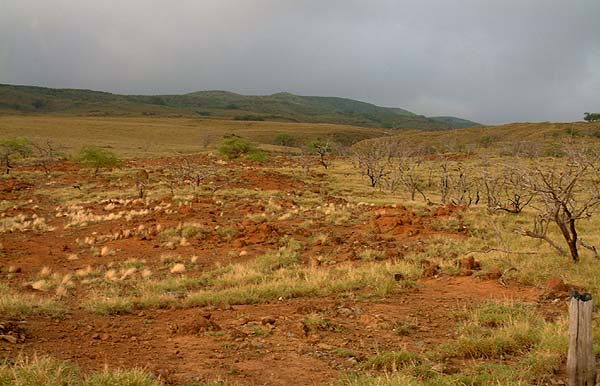| Impact of the Sandalwood trade
|
“Sandalwood was probably, along with whaling, the portal through which Hawai‘i passed from the traditional surplus economy into the capital economy," Hannah states. "The quick depletion of resources was profound, particularly wood of the dimension that the market required. And of course there are the anecdotes of the people pressed into service; that was part of a process that was not quite comprehensible to them. These accounts portray that the people were taken away from tending their garden plots and pressed into service by the chiefs to go and collect this natural resource, and that there was some anger, resentment or bitterness. "Consequently there are accounts suggesting some sabotaging of the resource—pulling up the little sandalwood plants. But even if the little plants were left in the ground, they would not have grown to sufficient size in time to sustain the market. So it was a sad thing, because I think it’s symbolic of so much that was occurring in Hawai‘i at the time. “And it depleted an important part of the plant communities that once blanketed these slopes. It may be a misnomer to say, ‘sandalwood forests’; I believe that sandalwood occurred with a host of companions that did not have market value. But you have the companion plants perhaps being trampled to get to the sandalwood; you have the value of the companion plants diminished, where traditionally all of the companions in that ecosystem would have had a collective as well as a singular value. So we see that shift. "That the sandalwood market was developing as the ungulates—the grazing animals—were becoming naturalized was a double hit, a one-two punch to the native plant communities.”
|
||
|
|
||
|
|||||
|
|||||

